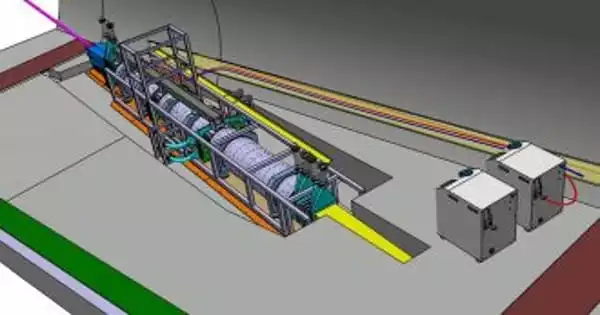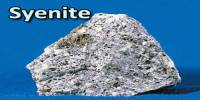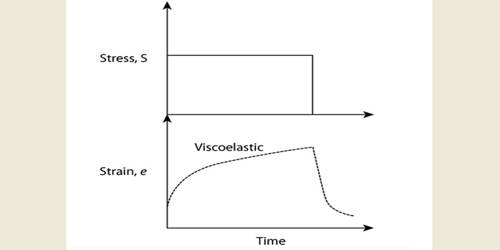A particle accelerator is a type of machine that accelerates charged particles and directs them into a beam. When utilized in the study, the beam reaches the target, and scientists learn about atoms, molecules, and physical laws. Accelerators are utilized for commercial applications, such as medicine, manufacturing, and food safety, in addition to research.
If you could peek into the mind of a particle scientist, you would see an image of a massive lunar particle accelerator. Researchers have assessed what such a massive, hypothetical machine could accomplish.
A particle collider around the moon might produce 14 quadrillion electron volts of energy, according to physicists writing on arXiv.org. That is around 1,000 times the energy of the world’s largest particle accelerator, the Large Hadron Collider (LHC) at CERN in Geneva.
Nobody expects it to become a reality anytime soon, according to Duke University particle physicist James Beacham. Instead, he and CERN physicist Frank Zimmermann thought about it “mainly for amusement.” However, future generations of scientists may be able to create a collider on the moon, according to Beacham.
A particle collider around the moon might produce 14 quadrillion electron volts of energy. Such a fantasy machine would most likely be buried beneath the moon’s surface to minimize extreme temperature swings and could be fueled by a ring of solar panels surrounding the moon.
James Beacham
According to the experts, such a fantasy machine would most likely be buried beneath the moon’s surface to minimize extreme temperature swings and could be fueled by a ring of solar panels surrounding the moon.
Scientists will need larger accelerators to understand how the laws of physics function at energies greater than the LHC. For example, the proposed Earth-based Future Circular Collider would have a diameter of 100 kilometers, dwarfing the LHC’s 27-kilometer ring. A collider around the moon would be approximately 11,000 kilometers in diameter.
While building a collider that big on Earth might be possible, it could potentially displace people who live in its path — not an issue on the moon. But, like other proposed projects that could alter the moon’s appearance, the idea raises thorny questions about who gets to decide the fate of the Earth’s companion, Beacham acknowledges. Those questions will presumably be left for future generations to sort out.

Some have expressed concern over such mention of new phenomena: may ultra-high-energy particle collisions be dangerous? The short answer is no. Though creating these conditions in a laboratory where they can be rigorously investigated will be innovative, nature is doing similar experiments all the time, above our heads. Cosmic ray protons with strengths a million times greater than those at the LHC often collide with protons in our atmosphere and other cosmic bodies without causing harm. Furthermore, there are strong signs that nature conducted such experiments early in the cosmos, near the Big Bang, with no negative consequences. On numerous occasions, physicists have thoroughly studied these difficulties.
All of this may appear to be esoteric and impractical knowledge. However, our society would be unrecognizable without fundamental physics findings. Much of what we take for granted, such as radio and television, X-rays, CT scans, MRIs, PCs, iPhones, GPS systems, the Internet, and so on, would not exist without this type of physics research and could not have been expected when the first discoveries were made. Similarly, we can’t foresee what future discoveries may lead to, whether they’re new energy sources, ways of space travel or communication, or incredible things we’ve never dreamed.
The cost of this research may appear considerable — around $10 billion for the LHC — but it amounts to less than a tenth of the gross domestic product of the United States or Europe over the roughly ten years it took to build the collider. When one considers the long-term benefit of such research to society, this is a pittance.
But, beyond practical issues, we should evaluate the LHC’s potential benefit to the human race. If it operates as expected, it will be at the cutting edge of a search that extends back to the ancient Greeks and beyond: to understand what our world is composed of, how it came to be, and what will become of it.
This epic voyage allows us to rise above the everyday parts of our life, as well as our disagreements, disputes, and crises, and try to comprehend where we, as a race, fit in a magnificent universe that appears beyond explanation, but is surprisingly intelligible.
















